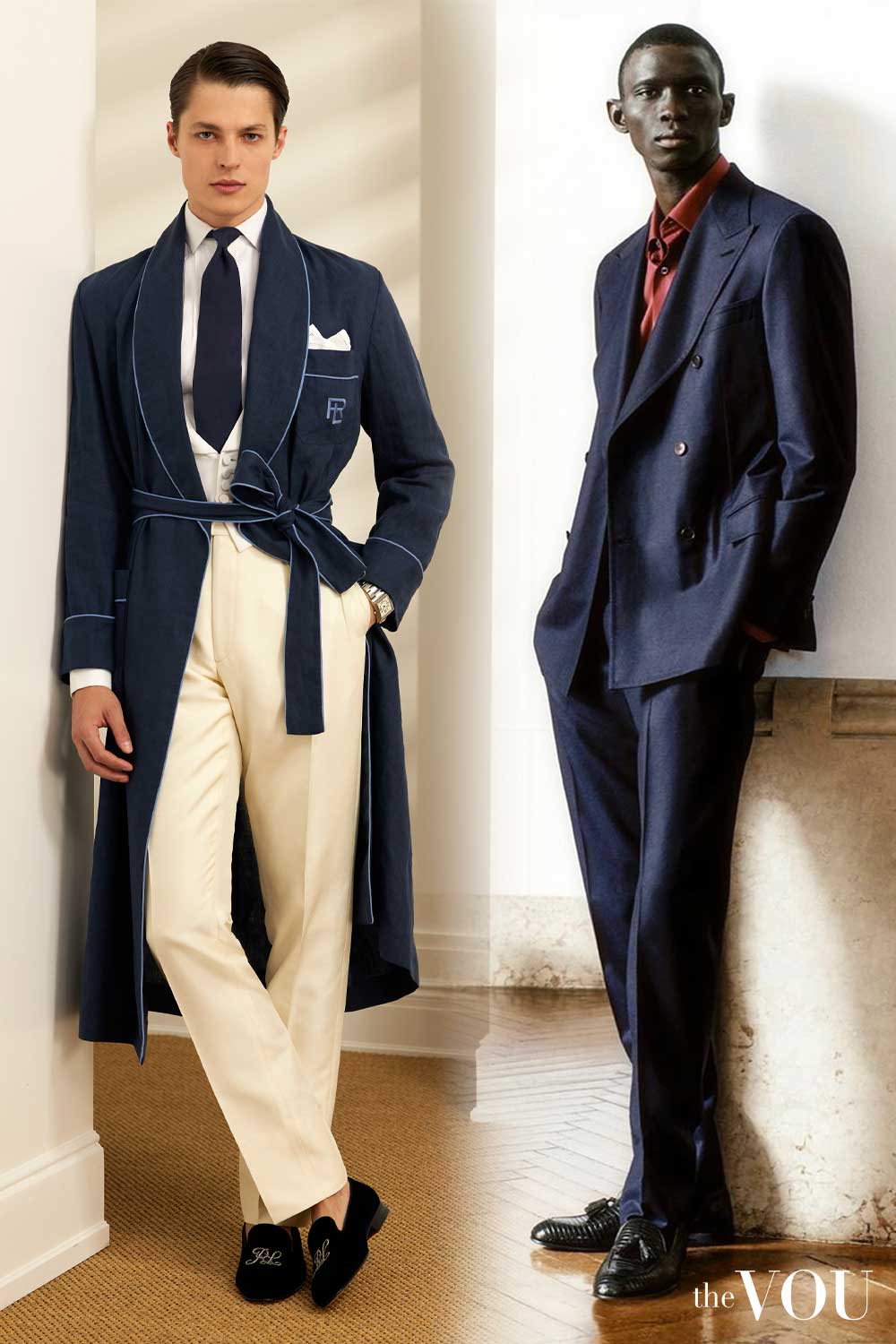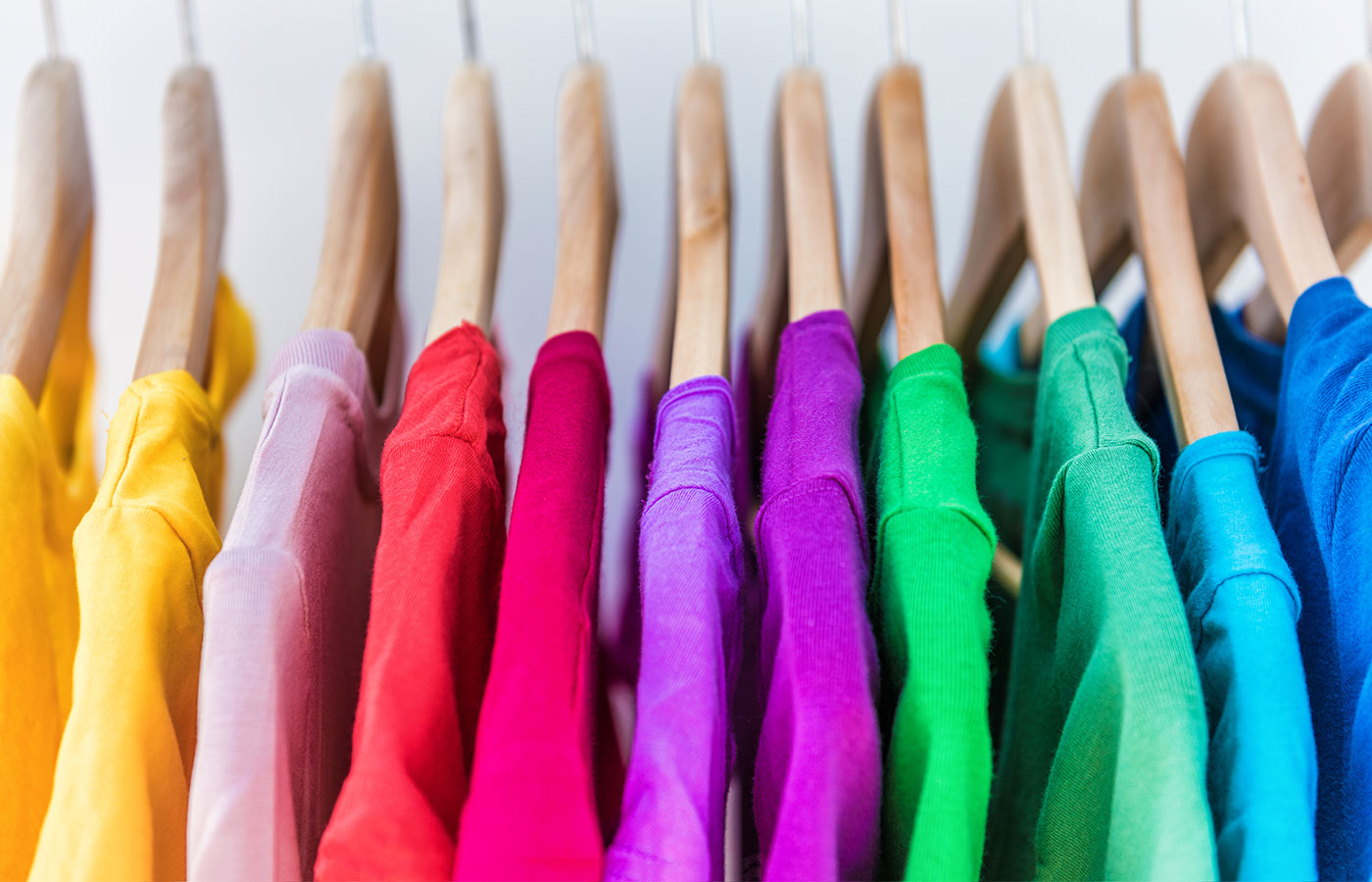How Branded Clothing Enhances Your Style Through Thoughtful Fabric Use
How Branded Clothing Enhances Your Style Through Thoughtful Fabric Use
Blog Article
Recognizing Garments: The Value of Textile Selections in Your Wardrobe
The selection of textile in clothing plays a pivotal function in both aesthetic appeals and capability. Various materials use differing degrees of sturdiness, breathability, and comfort, directly affecting the wearer's experience. Recognizing these nuances can enhance one's closet considerably. Yet, several forget exactly how these selections can affect not just personal style, however additionally sustainability. What material decisions could redefine your closet and align it with both design and duty?
The Role of Textile in Style and Functionality

Usual Material Kinds and Their Attributes
When selecting clothes, understanding the qualities of usual fabric kinds is necessary for making educated selections. Cotton, a widely-used all-natural fiber, is recognized for its softness, breathability, and adaptability, making it appropriate for sportswear and day-to-day garments. Linen, one more natural choice, boasts excellent moisture-wicking residential properties and a distinctive appearance, ideal for warm climates.Wool, usually preferred for its heat and sturdiness, differs in fineness; merino woollen is soft against the skin, while coarser types are utilized for outerwear. Synthetic fabrics like polyester and nylon provide toughness and resistance to creases, making them preferred for activewear and traveling garments. Blends, which combine natural and artificial fibers, can improve performance while keeping convenience. By recognizing these material qualities, people can select garments that aligns with their lifestyle and visual preferences.
Breathability and Comfort: Picking the Right Fabrics for Different Climates
Selecting the best materials for various climates can greatly boost comfort and general wearability. Breathable materials are vital in hot climates, as they permit air blood circulation and wetness evaporation. Fabrics such as cotton, linen, and moisture-wicking synthetics efficiently draw sweat away from the body, maintaining the wearer cool and dry. Conversely, in colder environments, thicker materials like woollen or fleece give insulation while keeping breathability, making certain heat without overheating.Additionally, the selection of material weight plays a crucial duty; light-weight materials are better for summer, whereas larger alternatives are fit for winter months wear. Understanding the one-of-a-kind properties of each textile enables individuals to clothe appropriately for varying weather problems. Ultimately, choosing breathable and comfortable textiles tailored to specific climates can significantly improve day-to-day convenience and enhance the total experience of wearing clothing.
Sturdiness and Treatment: Exactly How Textile Impacts Durability of Your Closet
Picking the best materials can considerably affect the resilience and treatment needs of a closet. Fabrics such as cotton and polyester are known for their resilience and simplicity of maintenance, making them suitable for day-to-day wear. On the other hand, fragile products like silk and shoelace call for even more mindful handling and specialized cleansing techniques, which can increase the time and initiative needed for care. Branded Clothing.Durability is also affected by the material's weave and finish; snugly woven textiles tend to withstand deterioration far better than loosely woven alternatives. In addition, artificial blends frequently provide improved longevity, integrating the finest high qualities of several fibers.Understanding the care instructions for every textile is important, as inappropriate drying out or washing can lead to premature wear. Inevitably, selecting sturdy materials can lead to a longer-lasting closet, minimizing the frequency of substitutes and contributing to an extra sustainable fashion selection
The Effect of Material on Fit and Silhouette

Sustainable Textile Options: Making Eco-Friendly Choices
The impact of textile extends beyond fit and silhouette to include environmental aspects, prompting an expanding interest in sustainable fabric options. Environment-friendly useful link textiles, such as natural cotton, hemp, and Tencel, are obtaining traction among customers that prioritize sustainability in their closets. These materials are usually generated with less chemicals and water, decreasing their environmental footprint.Additionally, recycled fabrics, made from post-consumer waste, provide a cutting-edge service to the fabric sector's contamination issue. Brands progressively accept openness in their sourcing techniques, allowing consumers to make educated decisions regarding their purchases.Choosing sustainable materials not only sustains ethical methods however additionally urges the garment industry to adopt more accountable production approaches. As understanding of ecological issues rises, individuals are advised to review the long-term impact of their material options, fostering an activity in the direction of an extra ecologically aware and sustainable method to style.
Raising Design: How Textile Can Transform an Outfit
While numerous might concentrate on shade and cut when selecting an outfit, the option of material plays an essential role in boosting style and improving overall look. Different materials share unique state of minds and messages; for instance, silk shows deluxe and sophistication, while jeans uses an informal, loosened up vibe. The appearance and drape of a textile can considerably alter the silhouette, with organized fabrics giving a sleek appearance and softer ones creating an extra fluid, relaxed aesthetic.Moreover, the weight of the textile affects wearability throughout periods. Light-weight textiles like bed linen and cotton are suitable for summer season, while much heavier materials such as woollen and velour give heat and sophistication in colder months. Recognizing fabric properties, such as breathability and stretch, also equips individuals to make educated options that improve comfort without jeopardizing style. Inevitably, the best textile can transform an attire from regular to remarkable, making it an important consideration in any type of closet.
Often Asked Concerns
Exactly how Do I Recognize the Material Material of My Apparel?
To identify fabric content, one can analyze care labels, conduct shed tests for fiber recognition, or speak with fabric swatches. These approaches help separate products, guaranteeing informed options for apparel care over here and upkeep in day-to-day wear.
Can Material Selection Affect My State Of Mind or Self-confidence?
Material selection can significantly influence an individual's mood and confidence. Branded Clothing. Specific products might evoke feelings of convenience or sophistication, while others can feel limiting or unflattering, inevitably influencing self-perception and emotional well-being throughout the day
What Fabrics Are Ideal for Delicate Skin?
For individuals with sensitive skin, natural fabrics like bamboo, cotton, and bed linen are typically suggested. These materials are breathable, hypoallergenic, and much less most likely to cause inflammation, making them appropriate choices for comfort and skin health and wellness.
Exactly how Do I Appropriately Clean and Care for Various Fabrics?
To appropriately clean and care for various materials, one have to consider each material's particular demands, consisting of temperature level settings, cleaning agents, and drying out methods, guaranteeing longevity and maintaining the textile's original top qualities for ideal use.
Exist Particular Fabrics for Athletic or Performance Put On?
Athletic or performance wear frequently makes use of fabrics such as spandex, nylon, and polyester. These materials are developed for moisture-wicking, breathability, and adaptability, enhancing movement and convenience throughout physical tasks while providing resilience and support. On the other hand, in chillier environments, thicker textiles like woollen or fleece give insulation while maintaining breathability, guaranteeing warmth without overheating.Additionally, the choice of textile weight plays a crucial function; lightweight materials are more effective for summertime, whereas much heavier alternatives are fit for winter wear. In comparison, fragile materials like silk and lace require more mindful handling and specialized cleansing methods, which can increase the time and initiative required for care.Durability is likewise affected by the fabric's weave and surface; snugly woven materials tend to withstand wear and tear far better than freely woven options. In contrast, stiff fabrics can limit activity yet provide a classic, refined look.Moreover, the thickness and structure of the material can influence the aesthetic assumption of body shape. The influence of textile expands beyond fit and silhouette to encompass ecological elements, triggering an expanding interest in lasting my explanation textile choices. The appearance and drape of a material can substantially change the shape, with structured fabrics giving a refined appearance and softer ones producing a more fluid, relaxed aesthetic.Moreover, the weight of the material influences wearability across periods.
Report this page